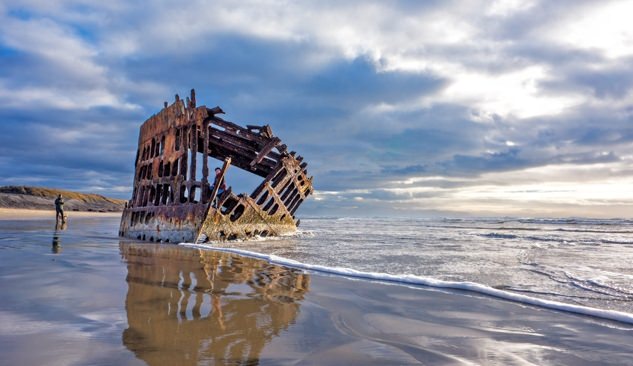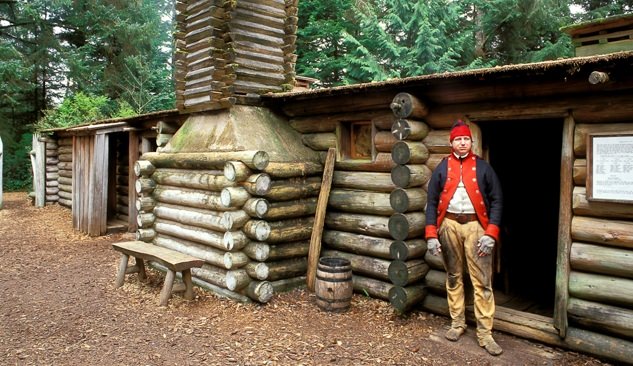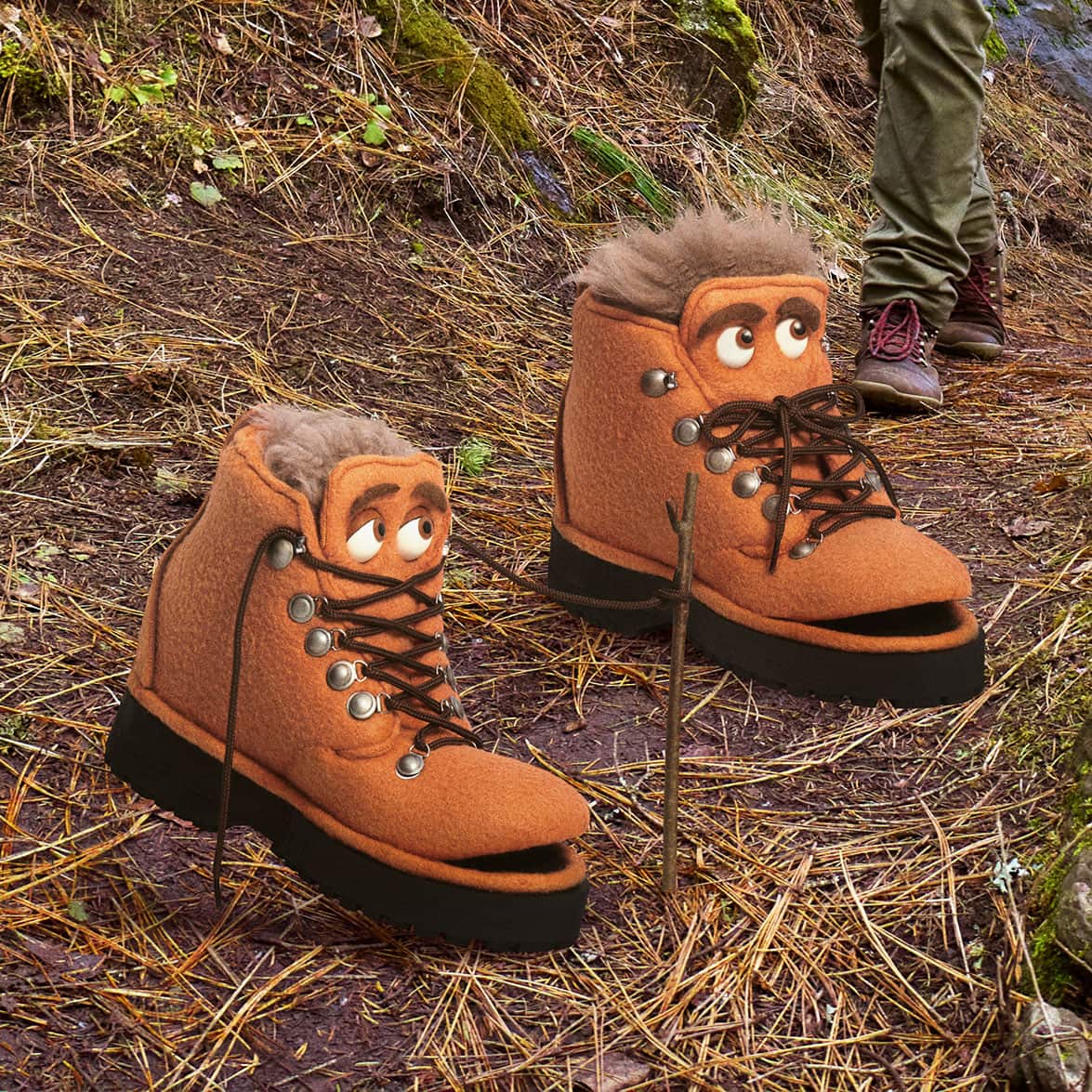The mighty Columbia meets the even mightier Pacific near Warrenton, perched right on the rim of the continent in Oregon’s northwest corner. For Lewis and Clark and the Corps of Discovery, arriving here meant the victorious completion of a monumental 28-month expedition. Your arrival can mean recreation. Everywhere you turn, it seems there’s water — salt merging with fresh, surrounding Warrenton on three sides. We call that a formula for outdoor fun.
Fishing: You know the classic image of a commercial fisherman in chest-high waders and tall rubber boots? Yeah, those guys live in Warrenton. Fishing is the real deal here, with a busy commercial fleet based in the Warrenton Marina, surrounded by stacks of crab pots and fishing nets drying in the sun. That means if you want to get offshore to fish for salmon, tuna or halibut, you’re in exceedingly capable hands. Master Mariner Gene Kane, for example, runs Tackle Time Bait and Charters, with more than 50 years of experience crossing the famously intimidating Columbia Bar.
If you don’t get out fishing, you can still reap the rewards. Fresh catch hardly gets fresher than what you’ll find at Warrenton Deep Sea Market, steps from the boat basin.
Shipwatching: Ships carrying millions of tons of cargo pass by Warrenton on the Columbia River every year, transporting everything from local logs to Asian automobiles. One of the best vantage points for watching the maritime parade is the Warrenton Waterfront Trail, especially between Eben H. Carruthers Memorial Park and the Hammond Boat Basin, where the shipping channel brings traffic quite close to shore. South of Carruthers Park, the trail skirts the Warrenton Marina and the Skipanon River and continues along Youngs Bay. To make the most of your viewing, check out The Ship Report, produced by Astoria’s Joanne Rideout. It provides scheduling information on inbound and outbound ships, along with other maritime news.
Beach Time: Fort Stevens State Park is named for the military reservation that guarded this coastline from the Civil War through World War II. Several gun batteries and other military buildings are still there, and so is the big, broad beach they protected. Spur roads off the main park drive lead to access points through the dunes for hikers and horseback riders. Kiteboarders often launch near the South Jetty of the Columbia River Bar for downwinders to the Peter Iredale shipwreck or beyond. The park’s southern beaches, open to vehicles, are also good for razor clamming in spring and early summer.
More than a dozen miles of trails stitch through Fort Stevens, several of them paved for bicycles. It’s a pretty 2-mile hike around Coffenbury Lake, a long sliver of protected water that’s popular for swimming and paddling. Just beyond the lake lies the park’s campground, with more than 500 sites, yurts and cabins.
Fort Clatsop: After the expedition they endured, Meriwether Lewis and William Clark can hardly be blamed for wanting a few creature comforts for their crew. So after reaching the Pacific Ocean, they backtracked to protected Youngs Bay on the Columbia River and make their winter camp. A log fort, replicated from drawings in Clark’s journal, stands on the original site at Fort Clatsop, part of Lewis and Clark National Historical Park. You can visit the fort and its interpretive center, and hike the 6.5-mile Fort to Sea trail, traversing the terrain the expedition party used for hunting and for trading with Native Americans during their winter encampment. Clatsop Paddle Company leads guided stand-up paddle tours up the river where the Corps of Discovery landed. Just a mile or two north of Fort Clatsop, visitors zing over ponds and among the treetops on a maze of ziplines at High Life Adventures. Too bad Lewis and Clark didn’t think of that diversion during their winter encampment.


